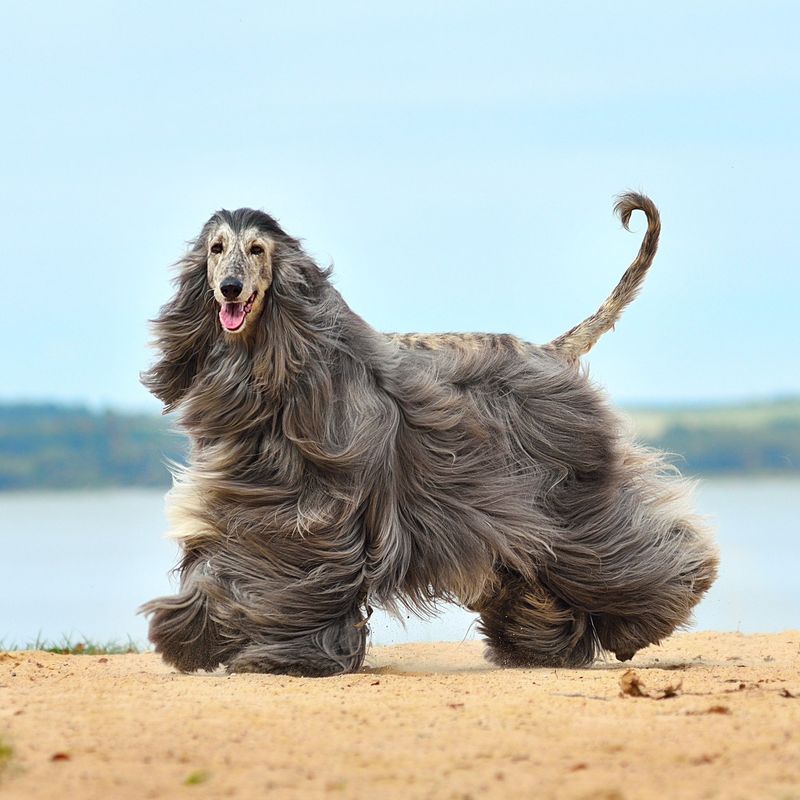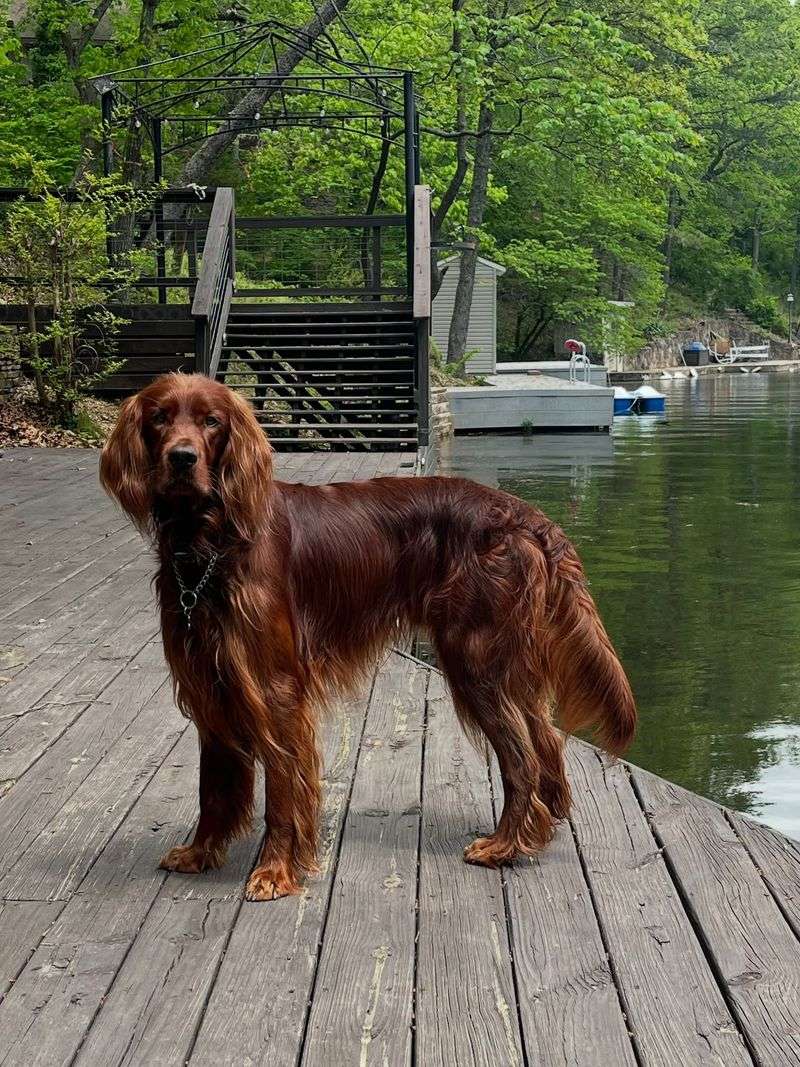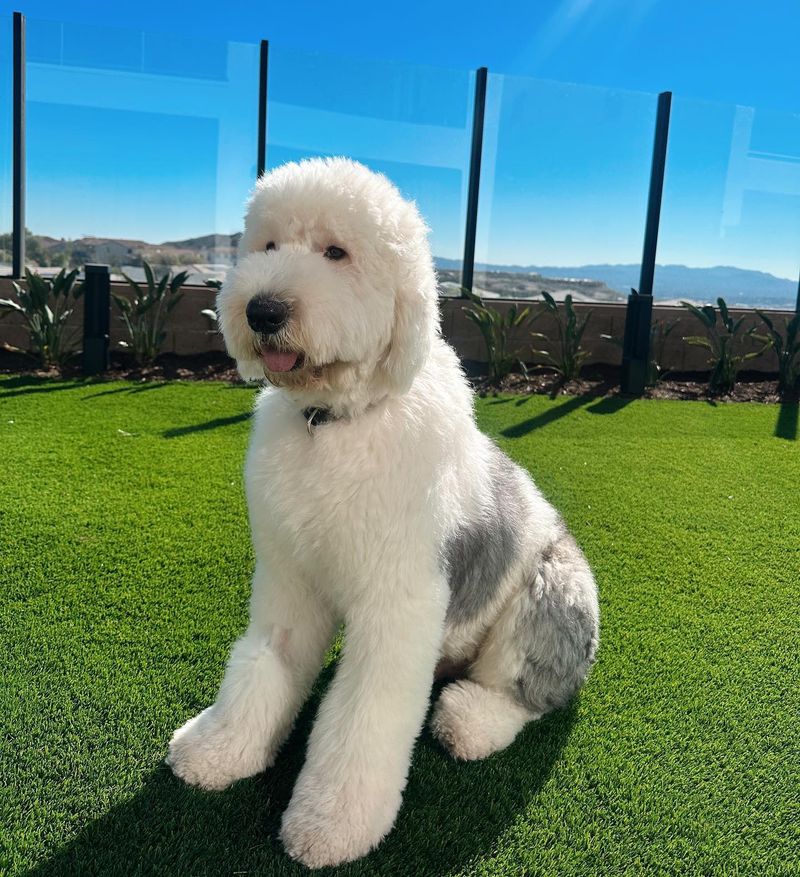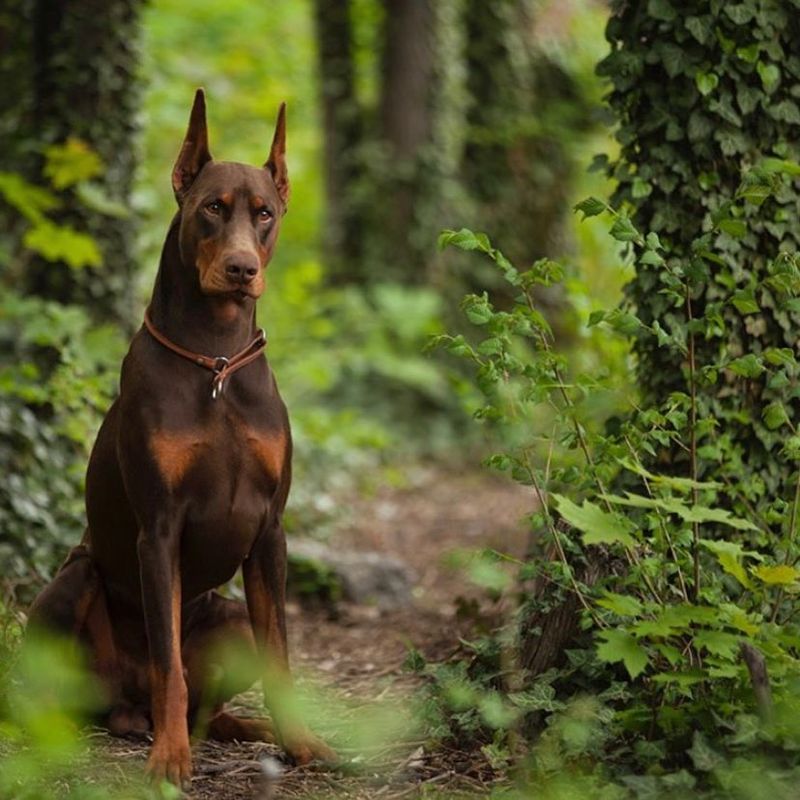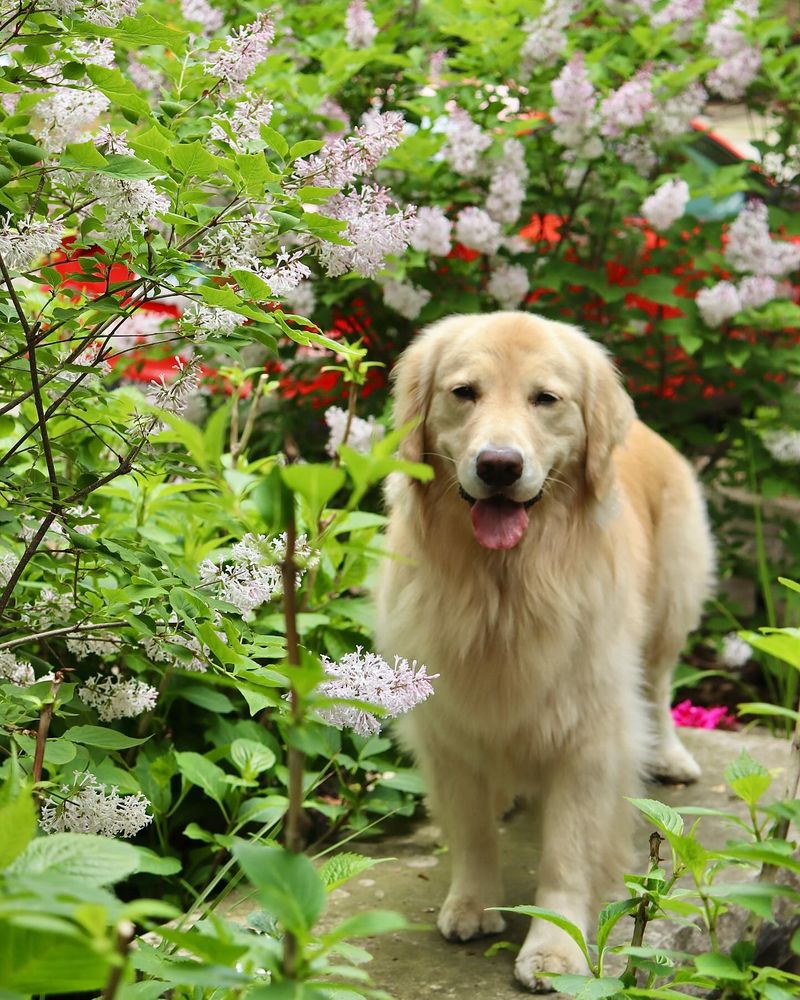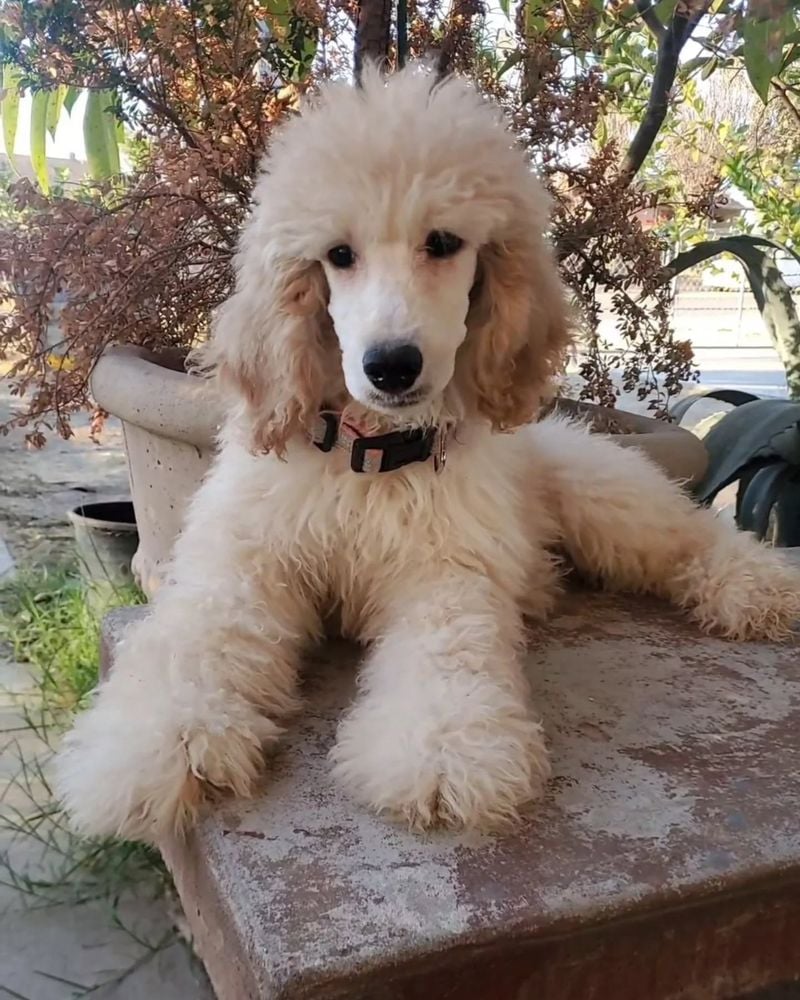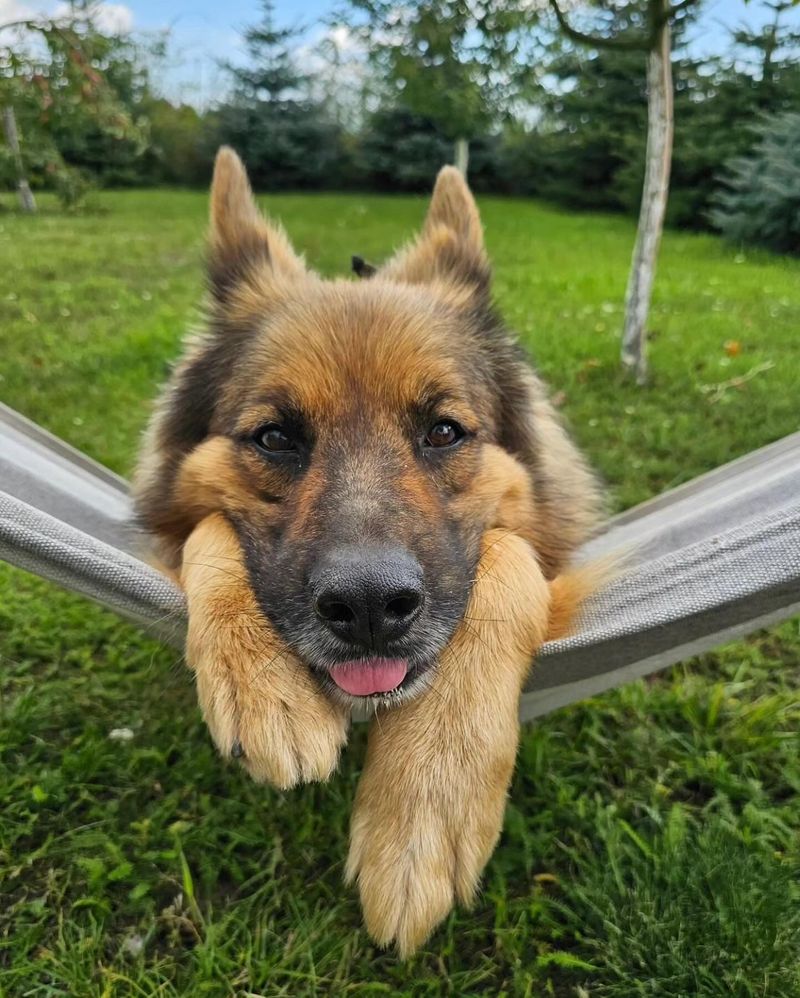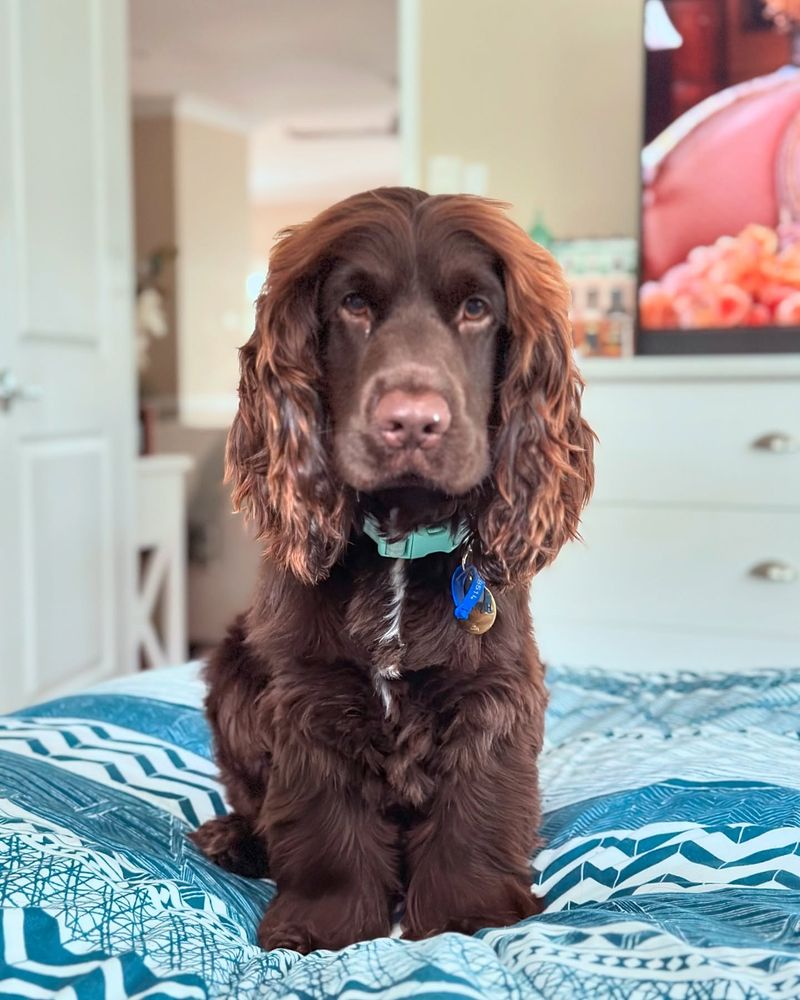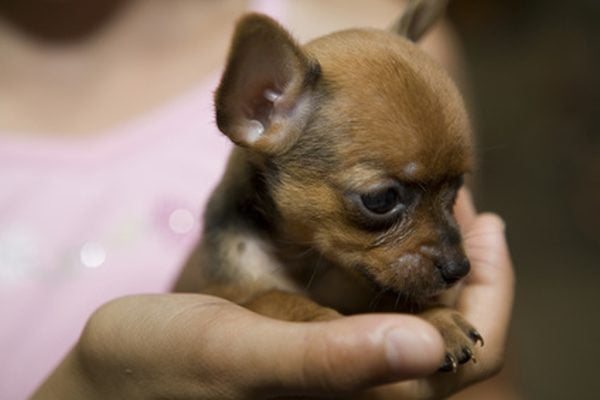The Top Dogs of the ’70s: 8 Breeds That Defined a Decade
The 1970s weren’t just about disco balls, bell-bottoms, and shag carpeting—they were also a golden age for some of the most iconic dog breeds in history. As American culture evolved through a blend of glamor, rebellion, and innovation, so too did our taste in four-legged companions.
From sleek Dobermans that patrolled both suburban homes and primetime TV, to shaggy Sheepdogs that blended perfectly with the era’s love of fuzzy everything, dogs in the ’70s weren’t just pets—they were cultural icons.
This was a decade of transformation. Families were moving to the suburbs, advertising was booming, and dogs began appearing not just in backyards but on cereal boxes, sitcoms, and presidential Christmas cards. Canines became more than working animals or backyard barkers—they were fashion statements, TV stars, and beloved household members with distinct personalities and perfectly groomed coats to match.
Some breeds surged to fame thanks to Hollywood or Madison Avenue, while others won hearts through loyal companionship and family-friendly charm. Think Afghan Hounds with model-level hair, Golden Retrievers padding through the White House, and German Shepherds leaping into action on Saturday night crime dramas. Whether sleek or shaggy, bold or bashful, each dog had its moment to shine under the glittering light of the disco ball.
In this article, we’re rewinding the clock to explore the eight most popular dog breeds that defined the 1970s. These pups weren’t just cute—they were trendsetters, trailblazers, and tail-wagging reflections of a groovy generation.
So, dust off your vinyl records and grab your Polaroid—it’s time to meet the canine companions that stole the spotlight in one of the most colorful decades in dog history.
1. Afghan Hound: The Disco-Era Glamour Dog
With flowing locks that rivaled Farrah Fawcett’s famous hairdo, Afghan Hounds embodied ’70s glamour perfectly. Their elegant silhouette and dramatic, silky coat made them the supermodels of the dog world during this fashion-forward decade.
Wealthy families and celebrities particularly favored these aristocratic pooches. Despite their regal appearance, Afghans were known for their playful, sometimes clownish personality at home, quite the contrast to their dignified public image!
Originally bred for hunting in the mountains of Afghanistan, these dogs brought exotic flair to American living rooms when international breeds became increasingly fashionable during the cosmopolitan ’70s.
2. Irish Setter: The Russet-Coated Family Favorite
“Big Red” wasn’t just a hit novel and Disney film – it sparked America’s love affair with the gorgeous Irish Setter. Their gleaming mahogany coats and boundless energy made them the poster dogs for active ’70s families with station wagons and spacious backyards.
These medium-large sporting dogs fit perfectly with the outdoor lifestyle trending during the decade. Camping trips, beach outings, and park adventures all suited these energetic companions who needed plenty of exercise.
Irish Setters appeared frequently in family photographs, advertisements, and even on TV shows throughout the decade. Their friendly temperament and striking appearance made them the quintessential all-American family dog during this nostalgic era.
3. Old English Sheepdog: The Shaggy Television Star
Remember the Dulux paint commercials? The shaggy Old English Sheepdog became an advertising icon and family favorite during the ’70s. Their distinctive appearance – resembling walking mops with eyes peeking through bangs – perfectly matched the decade’s embrace of all things fuzzy and textured.
These gentle giants featured prominently in popular culture, appearing in “The Brady Bunch” and Disney’s “The Shaggy D.A.” Their laid-back personality made them surprisingly good apartment dogs despite their size, adapting well to urban living as city-dwelling became more common.
Owners often tied up the dogs’ signature bangs with colorful barrettes – a distinctly ’70s fashion statement that added to their charm and helped these lovable furballs see where they were going!
4. Doberman Pinscher: The Sleek Guardian
The sleek, powerful Doberman became the symbol of protection during the uncertainty of the ’70s. As crime rates rose in urban areas, these intelligent guardians gained popularity as both family protectors and police K-9 officers.
Television amplified their reputation through shows like “Magnum, P.I.,” where Zeus and Apollo, two loyal Dobermans, guarded an estate. Their short coats and athletic builds made them low-maintenance compared to shaggier breeds, appealing to busy ’70s professionals.
Despite their intimidating appearance, Doberman owners knew these dogs as sensitive, loving companions. The breed’s intelligence made them excellent at obedience training, which became increasingly popular as dog ownership evolved from simply having pets to developing deeper human-canine relationships.
5. Golden Retriever: America’s Rising Star
While not yet at their peak popularity (that would come in the ’80s), Golden Retrievers began their ascent to America’s heart during the ’70s. President Gerald Ford’s Golden Retriever, Liberty, brought national attention to the breed when she gave birth to puppies in the White House in 1975.
Their friendly, outgoing nature perfectly matched the ’70s emphasis on emotional openness and connection. Families appreciated their patience with children and their adaptability to both suburban and rural settings.
The decade saw Goldens increasingly featured in commercials and family programming. Their intelligence and trainability also made them pioneers in the emerging fields of therapy and service dog work, setting the stage for their eventual status as America’s most beloved family dog.
6. Poodle: The Sophisticated Socialite
Forget the stuffy stereotype – 1970s Poodles rocked some of the decade’s wildest grooming styles! These intelligent dogs maintained their popularity from the ’50s and ’60s while adapting to the more expressive ’70s aesthetic with creative grooming that sometimes mirrored their owners’ bold hairstyles.
Standard, Miniature, and Toy varieties appealed to different lifestyles, from apartments to estates. Their hypoallergenic coats made them pioneers in the concept of designer dogs suitable for allergy sufferers, a trend that would explode decades later.
Beyond their fashionable appearance, Poodles were valued for their exceptional intelligence. They excelled in the growing sport of dog obedience competitions, which gained popularity during this decade as people sought new activities to enjoy with their canine companions.
7. German Shepherd: The Working-Class Hero
No dog embodied ’70s television quite like the German Shepherd. The decade belonged to canine crime-fighters, with “Kojak’s” Sadie and especially “The Bionic Woman’s” Max capturing viewers’ imaginations. But the true star was Rex, who appeared alongside young Robbie on “Run, Joe, Run,” a canine version of “The Fugitive.”
Beyond entertainment, German Shepherds dominated real-world police and military roles. Their intelligence and trainability made them ideal partners for law enforcement during a decade when crime dramas dominated television and real-world concerns about safety grew.
Their protective yet loving nature made them popular family guardians too. The breed’s versatility – capable of being both working partners and affectionate companions – perfectly matched the decade’s evolving views on the human-canine relationship.
8. Cocker Spaniel: The All-American Sweetheart
The sweet-faced Cocker Spaniel continued its reign as America’s darling well into the ’70s, having been the AKC’s most registered breed for much of the previous two decades. Their manageable size and gentle temperament made them ideal for the growing number of suburban families.
With those soulful eyes and silky, flowing ears, Cockers embodied the soft, romantic aesthetic that balanced the decade’s sometimes harsh realities. Parents particularly loved them for their patience with children and adaptability to family life.
The breed’s popularity led to some challenges with overbreeding, but responsible owners cherished these dogs for their playful spirits and loving companionship. Their moderate exercise needs suited the lifestyle of busy families navigating the changing social landscape of the 1970s.

